Campbell Diary
The Finely Illustrated Diary of Private William Campbell of the Liverpool Scottish, 1916-1917
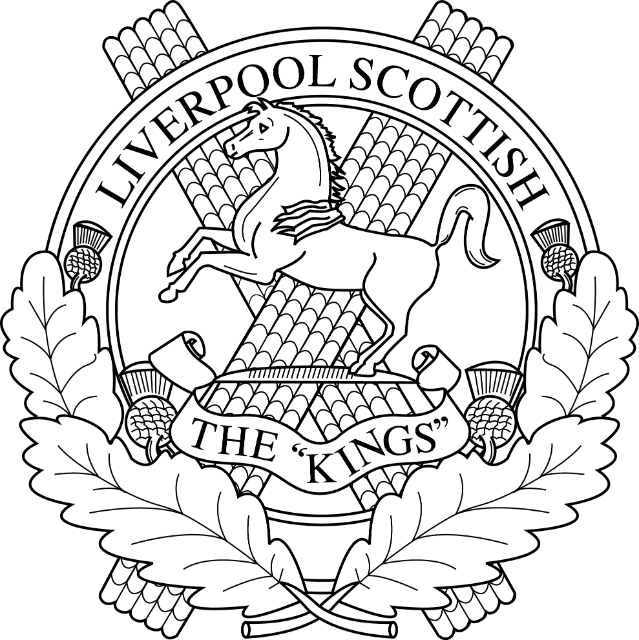
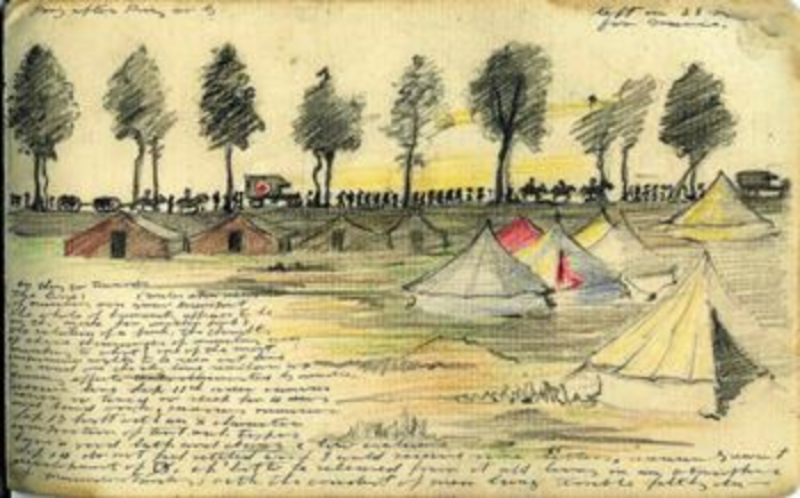
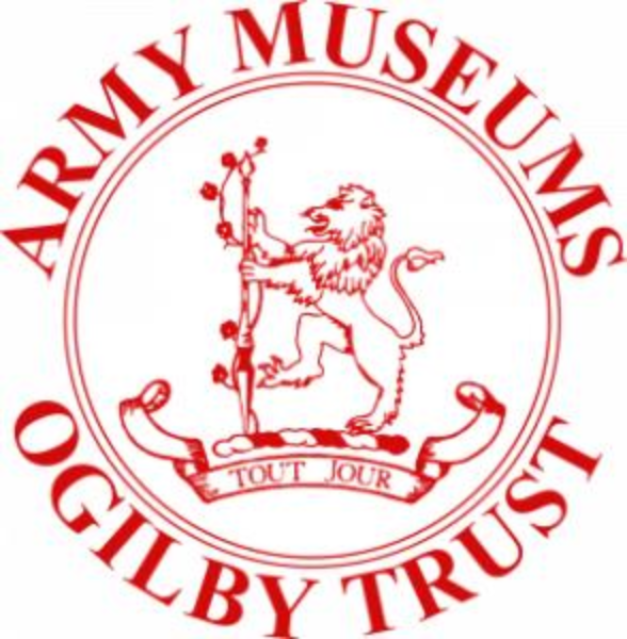
For the first time, anywhere, in a century, the Liverpool Scottish Regimental Museum Trust is able to exhibit, in central Liverpool, images from the important illustrated diary of Private William Henry Campbell. He served on the Western Front with the Liverpool Scottish [1st/10th Bn., The King’s (Liverpool Regiment)] from July 1916 until killed in action at the Battle of Pilckem Ridge on 31 July 1917 near Ypres. Surviving diaries are unusual: a diary illustrated to this standard is a considerable rarity. Campbell drew, in pencil and coloured crayon, nearly 70 images, both in the front line and rear areas. He recorded his thoughts, deepest doubts and fears, his difficulties in coming to terms with people and environment in nearly 20,000 words, often seeking the support of his religious belief.
Private William Henry Campbell was a volunteer. He served with the Liverpool Scottish on the Somme and in the Ypres Salient from July 1916 until he was killed in action at the age of 25 on 31 July 1917, the first day of the Passchendaele campaign, at the Battle of Pilckem Ridge. It was in this battle that the battalion’s Medical Officer, the double VC winner Captain Noel Chavasse was mortally wounded. Campbell was a ‘house painter and decorator’ by trade; he had attended art school. Over a year, he recorded his thoughts and observations both in miniscule handwriting and vivid drawing using crayon or pencil, often actually in the front line. A man removing lice from his kilt, men around an ornate stove in a rear area, different types of shell burst seen from 300 yards or simply the contrasting landscapes of war, either thronged or empty of men, are all subjects found in the book, often with haunting footnotes. After a century and for the first time, nearly thirty images from this unique survival, an important historical document, have been selected for display. They are reproduced on watercolour paper and accompanied by interpretation of the text. Additionally, about 7000 words of the diary have been transcribed and, accompanied by almost all his illustrations in colour, have been included in a substantial booklet. The diary is not an easy read: Campbell often seems highly depressed, suffering sharp mood swings and often has difficulty in coping with the range of personalities and social backgrounds he encounters amidst the stress of war. At other times he is highly positive. However, although his account is atypical in its intensity, he deserves to be heard and his art, often drawn in a dripping dugout by the light of a candle shaken by gunfire, deserves to be seen.
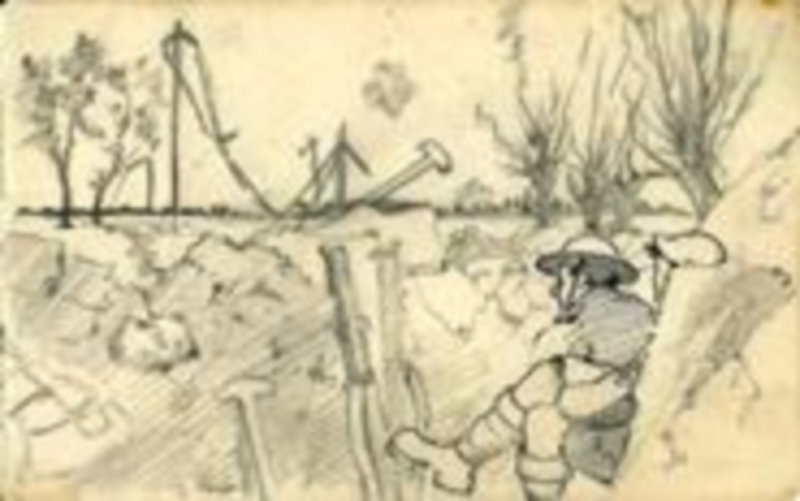
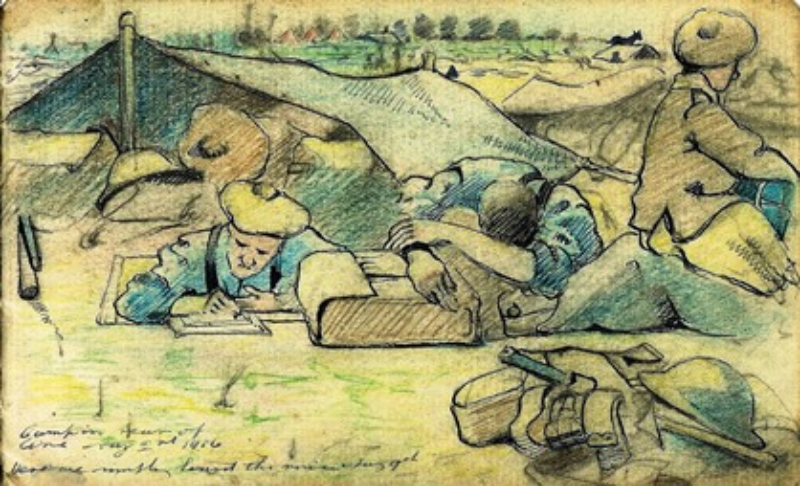
The exhibition consisted of 26 selected images reproduced on watercolour archival paper at roughly A5 size, professionally mounted and printed and simply but elegantly framed (at 16 inches by 12 inches).
A 48 page, A4 colour booklet supported the exhibition with nearly 70 images and about 7,000 words of annotated diary text (original transcription - Mrs Brenda Giblin) with a 1500 word introduction by Ian Riley. A number of these booklets are still available price £5 (plus postage, cost to be confirmed if applicable). It may be purchased by contacting ilriley@liverpoolscottish.org.uk putting QR 2690 Campbell Booklet Purchase in the subject line providing a name, postal address and phone number.
Previous page: The Centenary Year
Next page: Commemorations 1917 -2017